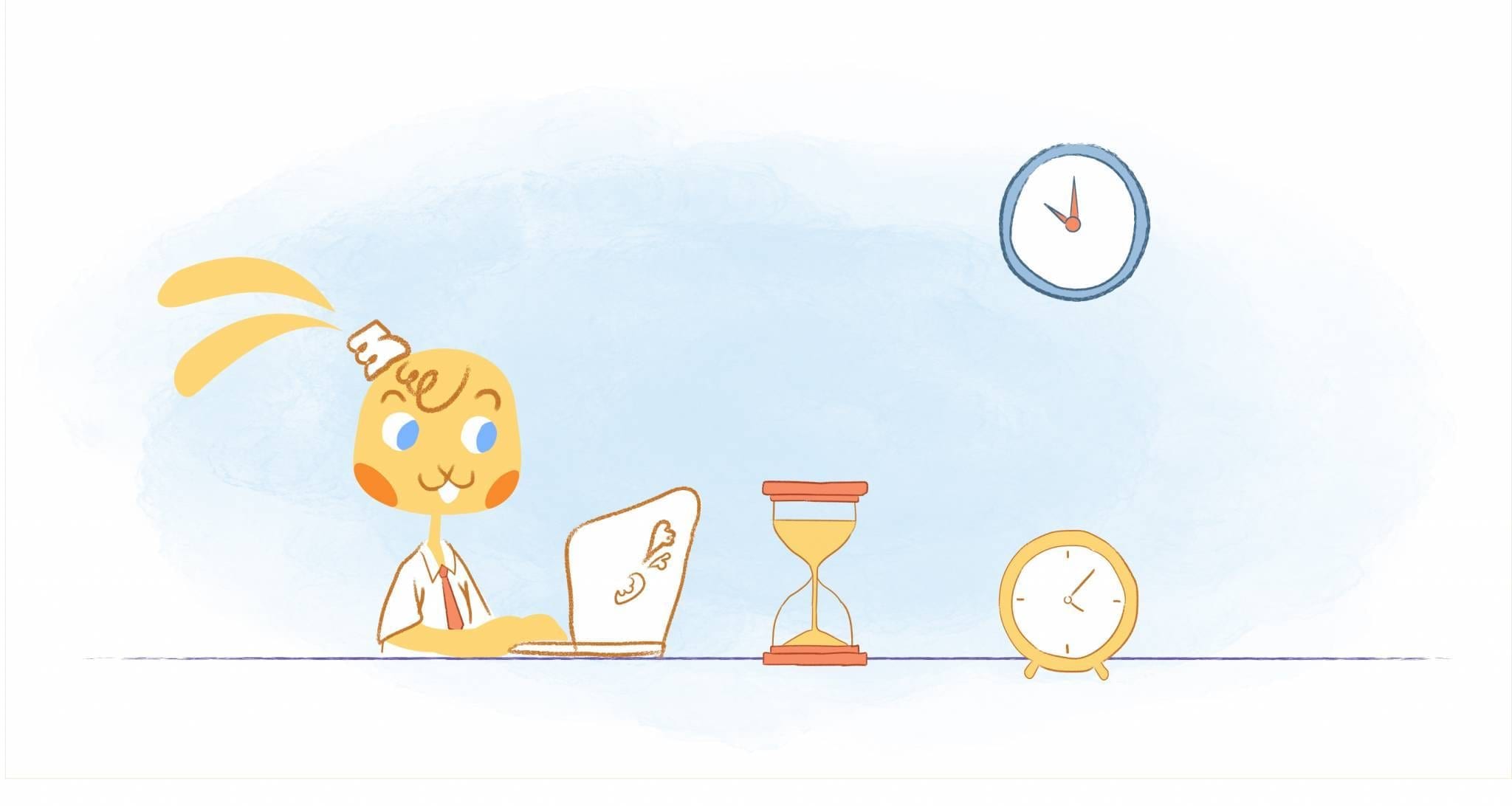

5.2 percent. That was the percent of the workforce in the U.S. who had the luxury of working from home in 2017. Of course, that was a different time (really a different world) and because of a global pandemic — that figure has ballooned.
Megan Brenan wrote for Gallup on April 3, 2020, “The percentage of workers who say their employer is offering them flex time or remote work options has grown from 39%” to 57% between March 30-April 2.
“Sixty-two percent of employed Americans currently say they have worked from home during the crisis, a number that has doubled since mid-March,” adds Brenan. More interesting, is that “Three in five U.S. workers who have been doing their jobs from home during the coronavirus pandemic would prefer to continue to work remotely as much as possible, once public health restrictions are lifted.” However, “41% would prefer to return to their workplace or office to work, as they did before the crisis.”
Although there is a lot of uncertainty regarding COVID-19, it wouldn’t be far fetched to believe that this is — or could become — the new normal. And, that could be a very good thing. Research constantly shows that those who work from home tend to be happier, healthier, and more productive. Those all sound even more appealing while in living in COVID times.
There is a caveat though. To reap the benefits of WFH, you need to be aware of how your at-home habits are influencing your productivity. If you haven’t caught on to this fact yet — you may be setting yourself up for failure.
You need a dedicated workspace.
“You have probably heard this advice already, but there’s good science behind the recommendation,” states Wendy Wood, Provost Professor of Psychology and Business at USC Dornsife College of Letters, Arts, and Sciences. “The more your home context is like your office, the more your surroundings will activate your regular work activities.”
According to Wood’s research, “Students who transferred to a new university were able to keep up their old habits to the extent that the contexts were similar.” In other words, “Different contexts disrupted old habits.”
“If your work is done mostly on the computer, consider customizing the toolbar on your internet browser so that you have a virtual work office that you shut at the end of your day,” recommends Woods. “That way, you won’t have distractions pop up from social media.”
Will you be able to completely replicate your office at home? Of course not. But, try to set up your dedicated workspace as close as possible. The most important consideration is that you learn how to block out distractions that are unique when working from home.
“In the first couple of days, you will probably have to exert some self-control and inhibit distractions,” adds Wood. “But the more you repeat your work habits at home, the more automatic it will become.”
I’d also suggest working from a quiet area of your home — especially if you can’t set up a proper home office. Additionally, you should schedule specific times to take care of household chores so that they’re not hovering over your head.
Maintain a regular sleeping pattern.
My family is in awe of my nephew. Whether if it’s during a long weekend or summer vacation, he has no problem disrupting his sleep schedule. It radically changes from going to bed early to staying up all night — which means he sleeps most of the day away.
We don’t make fun of him. I’m sure we did the same thing when we were his age. But, if I tried that today, I would be a wreck for several days.
While you may be tempted to stay up later than normal or keep hitting snooze on your alarm, maintaining a consistent sleep-wake pattern is a must. Studies show that irregular sleep patterns are linked to obesity, diabetes, and other metabolic disorders. It can also cause anxiety and high levels of cholesterol and high blood pressure.
In short, a lack of sleep will destroy your productivity. So, make sure to get enough sleep every night no matter what.
Be mindful of your screen time.
Did you know that the average adult spends on average 11 hours per day starring at some type of screen? That figure may sound inflated. But, between our phones, computers, and TVs, that really shouldn’t be all that shocking.
On the surface, that may not seem like a biggie. However, excessive screen time can result in numerous health concerns including:
- Insomnia
- Eyestrain
- Headaches
- Neck, shoulder, and back pain
- Tendonitis or carpal tunnel
- Social media addiction
- A sedentary lifestyle which can lead to heart disease and obesity
To counter these effects, you can reduce screen time by:
- When working on your computer, look away at a distant object for 20 seconds every 20 minutes.
- Every hour stand up and stretch.
- Take “tech-free” breaks.
- Do not eat lunch at your workspace.
- Invest in ergonomic furniture.
- Establish tech-free zones in your home.
- Avoid electronics at least an hour before bed.
Coordinate schedules.
What if you have children and they’re home from school? Whether if it’s a break or they are learning remotely, you need to align schedules. The reason? You don’t want to plan to tackle your priorities or schedule a meeting when you have to homeschool them.
At work, you also have to sync schedules with important individuals like your team or clients. For example, if you want to have a virtual lunch with your co-workers, then you need to take into account their time zones. While it could be noon where you live, it could only be 10 am or 2 pm for others — which could be too early or late for lunch.
However, you must also be protective of your time. If you’ve blocked out two hours in your calendar for undisturbed work, then your housemates and colleagues must be respectful of your time. You also need to have the discipline to say “no” to any of their time requests as well.
Stop focusing on garbage work.
What is garbage work? It’s simply low-value activities like administrative tasks or unnecessary meetings. You know. Time-consuming tasks that pull away from more important commitments.
It’s not always easy to identify these tasks. But, they’re usually tedious tasks that aren’t urgent and important. Or, they are the responsibilities that can be easily automated or delegated to someone else.
Pay attention to your mental and physical health.
A major drawback when working from home is that you may not be as physically active. It may not have seemed like much. But, working from the parking lot and up a flight of stairs adds-up.
You may also be making more frequent trips to the fridge or ordering too much food for takeout. Look, I’m a devourer of pizza. But, obviously eating my favorite food daily isn’t good for my health.
Moreover, changing your routine, alining schedules, and worrying about things like the coronavirus will make you anxious and stressed. Oh yeah. You may be working longer hours as well, which means you’ve got a ticket stamped to Burnoutville.
To combat the above, make your health and wellbeing your top priority. If you don’t know where to start, here are some excellent suggestions from “Get Healthy Utah.”
- Develop a daily 30-minute workout routine.
- Since your kids have to be active too, workout with them.
- Stand up and stretch throughout the day.
- Begin the day right by consuming a protein-rich breakfast.
- Stay hydrated.
- Have healthy snacks readily available.
- Prepare your meals for the week so that you won’t be tempted to eat something fast and unhealthy.
- Have a morning routine where you get dressed and plan out your day.
- Schedule social interactions with friends, family, and colleagues to fight back against isolation. In-person would be best. But, phone and video chats will suffice for social distancing purposes.
I’d also add that you block out time in your schedule for self-care and to do activities that you enjoy. Both are effective ways to unwind and recharge.
Putting off work.
Okay. I’ve been guilty of this. I wake-up and have every intention to get down to work. But, I’m groggy and decide to listen to a podcast while cleaning the dishes, putting away laundry, and straightening up my desk.
Sure. I’m not just sitting there twiddling my thumbs. But, I did waste some of my valuable time. And, that’s a problem when there’s a deadline to meet.
Just because you can work at home doesn’t mean you can neglect your work. When it’s time to get down to brass tacks that’s where your attention and energy should be. To ensure that happens, try to eliminate distractions. For instance, you may want to handle household chores before you start work or schedule a block of time to attend to them.
You should also find out when you’re most productive. When you do, schedule your most important or difficult tasks during those periods of time.
On the flip side, if you’re really struggling with kicking yourself into high gear, it might be wise to take a personal day. Hopefully, you can use this day to take care of whatever is causing you to procrastinate so that you can return to your work feeling refreshed and motivated.
Transition from work to home.
“To me, this is all about changing your mindset from ‘work’ mode to ‘home’ mode,” writes Calendar Founder John Rampton. “It’s like if you’ve ever played a sport. You’re just not going to show-up without warming up or listening to music that gets you psyched.” The same is true when you’re done. “You need to cool down and get back to homeostasis.”
Since you can’t use a commute to have this transition, you could take a walk around the block instead. Another suggestion? “Call a friend or family member — studies have found that this energizes you more than coffee,” recommends Rampton. “Think about what you’re grateful for. Or, do a crossword puzzle.”
“Some people also immediately change out of their work clothes into something more comfortable as soon as” they’re done work for the day. “Others go to the gym after work,” he adds.
You could also use a concept like compartmentalization. For example, you could organize all of your paperwork and place it into a drawer at the end of the day. Or, you could power down your computer and verbally tell yourself that you’re done.
The art of better habits.
Habits can make or break you — especially when working from home. Thankfully, there are proven ways to make healthy and productive habits stick.
To begin with, start incredibly small by using the following template; “After I [TRIGGER], I will [TINY HABIT].” An example of this would be after I brush my teeth, I will floss one tooth.
Next, build new habits by making it specific, satisfying, and attractive. For example, rewarding yourself immediately after completing a habit.
What’s more, remove excuses by eliminating possible roadblocks and creating a habit calendar. Here would download a habit calendar, writing down the habits you want to track, and then checking the habit once completed. That should help you gain the momentum to repeat the behavior.











Deanna Ritchie
Editor-in-Chief at Calendar. Former Editor-in-Chief and writer at Startup Grind. Freelance editor at Entrepreneur.com. Deanna loves to help build startups, and guide them to discover the business value of their online content and social media marketing.